Sweet Pitcher Plant 101: Discover the Fascinating World of Sarracenia Rubra
Have you ever wondered what makes a plant literally hunt its own dinner? Meet the Sarracenia rubra – nature’s most ingenious carnivorous wonder!
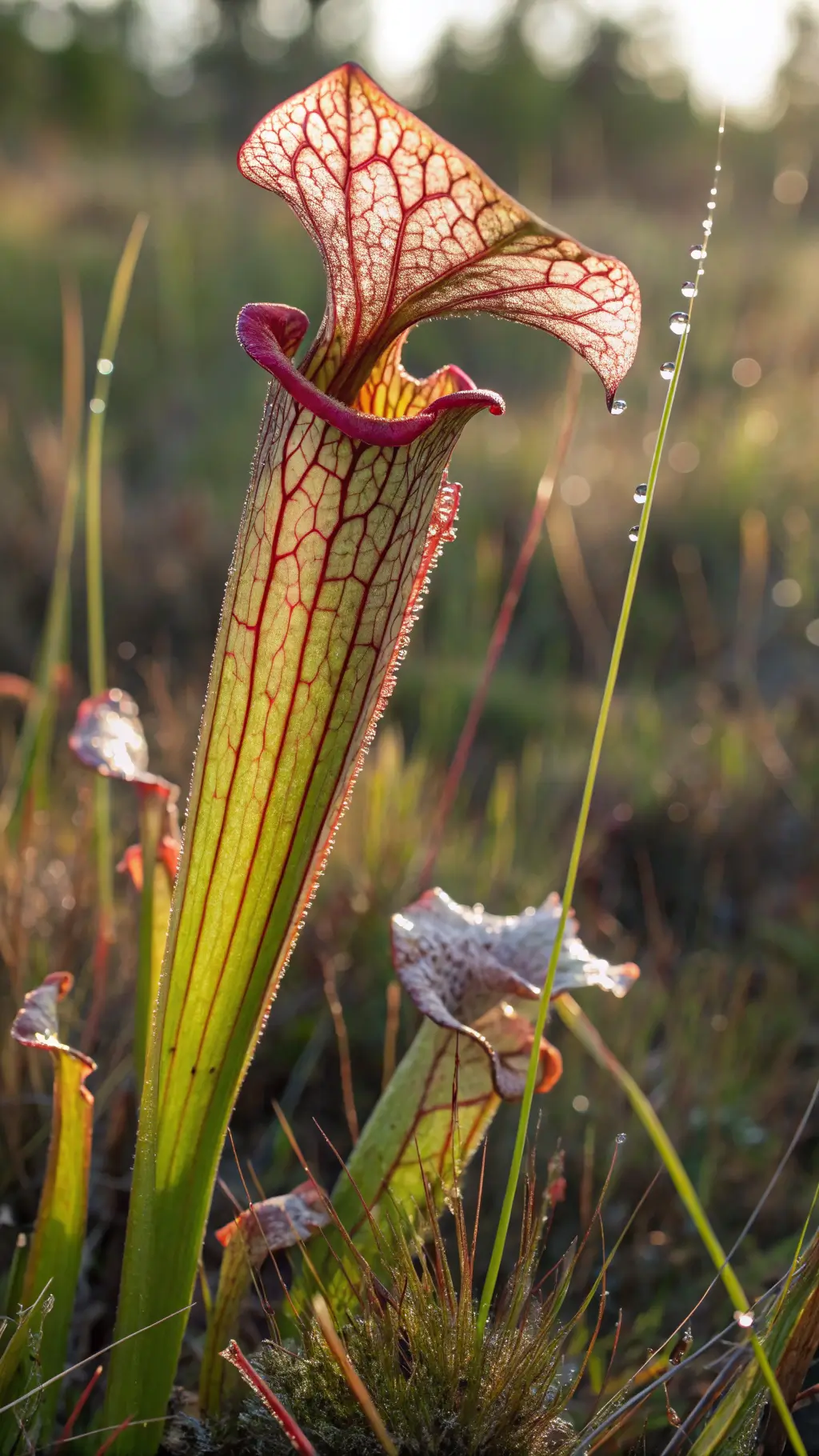
What Makes the Sweet Pitcher Plant So Special?
The sweet pitcher plant isn’t your average garden greenery. This botanical predator is a master of survival in some of the most challenging environments imaginable.
Unique Physical Characteristics
Appearance That Screams “Predator”:
- Towering pitchers reaching up to 18 inches high
- Striking color palette of:
- Green base
- Red veining
- Copper and maroon highlights
- Small, fragrant red flowers blooming in spring
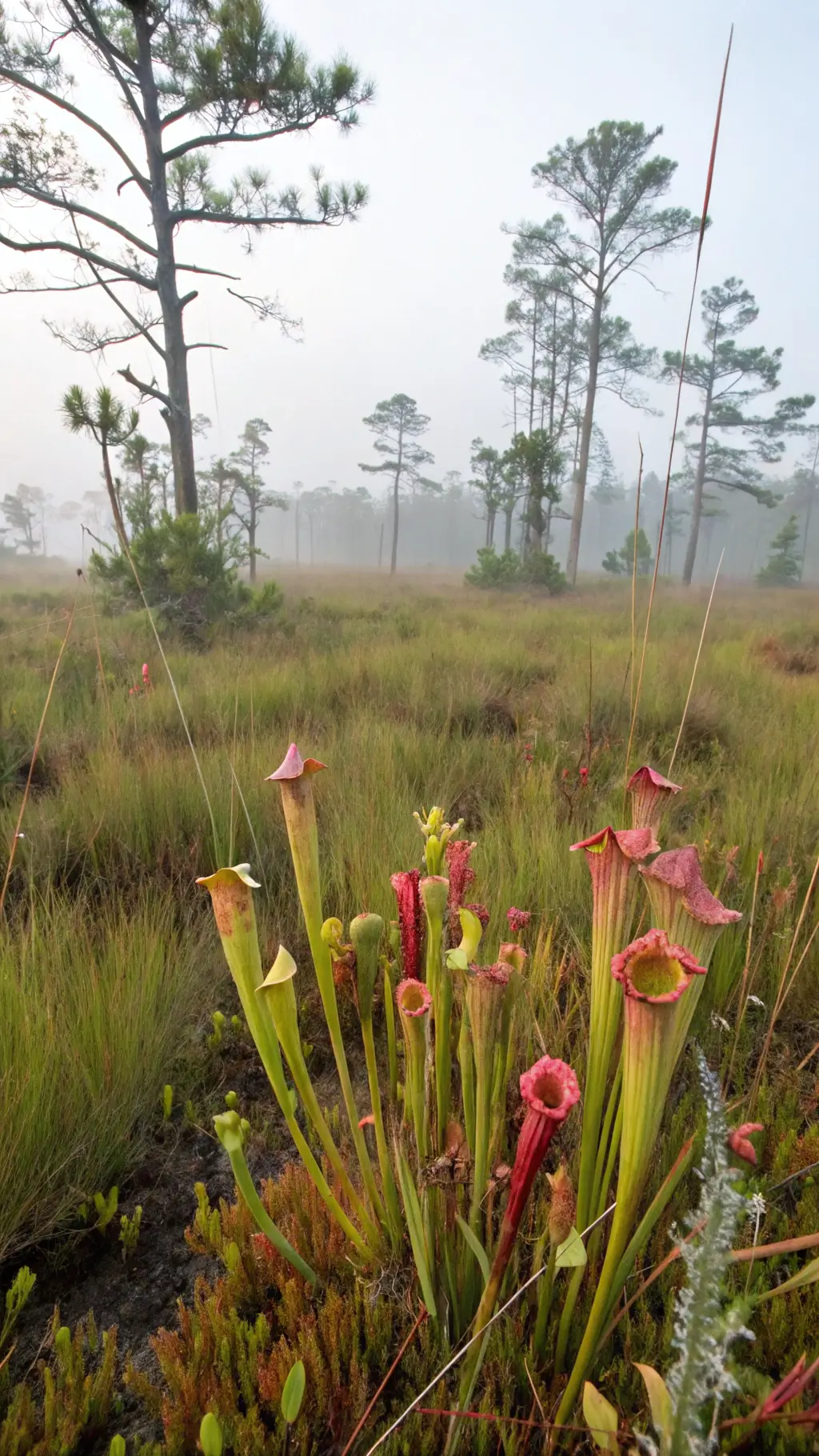
Where Does This Carnivorous Superstar Live?
Natural Habitat Insights
- Southeastern United States coastal plains
- Specific regions: Mississippi to North Carolina
- Thrives in:
- Bogs
- Seep areas
- Extremely nutrient-poor soils
The Hunting Mechanism: How These Plants Catch Prey

Carnivorous Adaptation Masterclass:
- Downward-pointing hairs inside pitchers
- Ultraslippery trap surfaces
- Specialized lid (operculum) preventing rainwater dilution
- Digestive fluid that breaks down trapped insects
Growing Your Own Sweet Pitcher Plant: Pro Tips
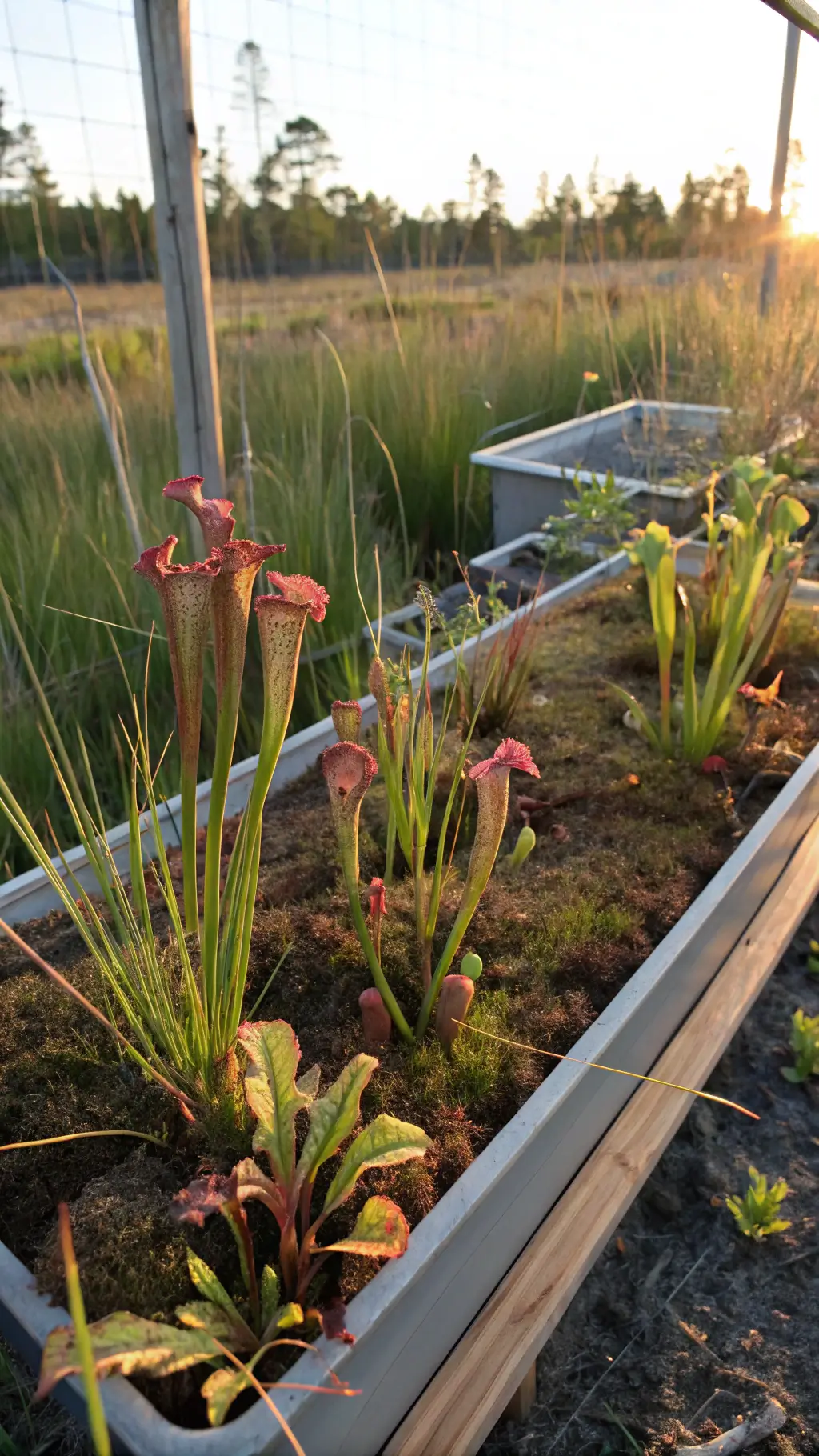
Cultivation Requirements
- Sunlight: Full, direct sun exposure
- Soil: Acidic, low-nutrient conditions
- Moisture: Constantly damp environment
- Containers: Specialized bog garden setups
⚠️ Important Growing Warnings:
- Not suitable as indoor houseplants
- Requires specific winter dormancy period
- Needs expert care and attention
Conservation Concerns
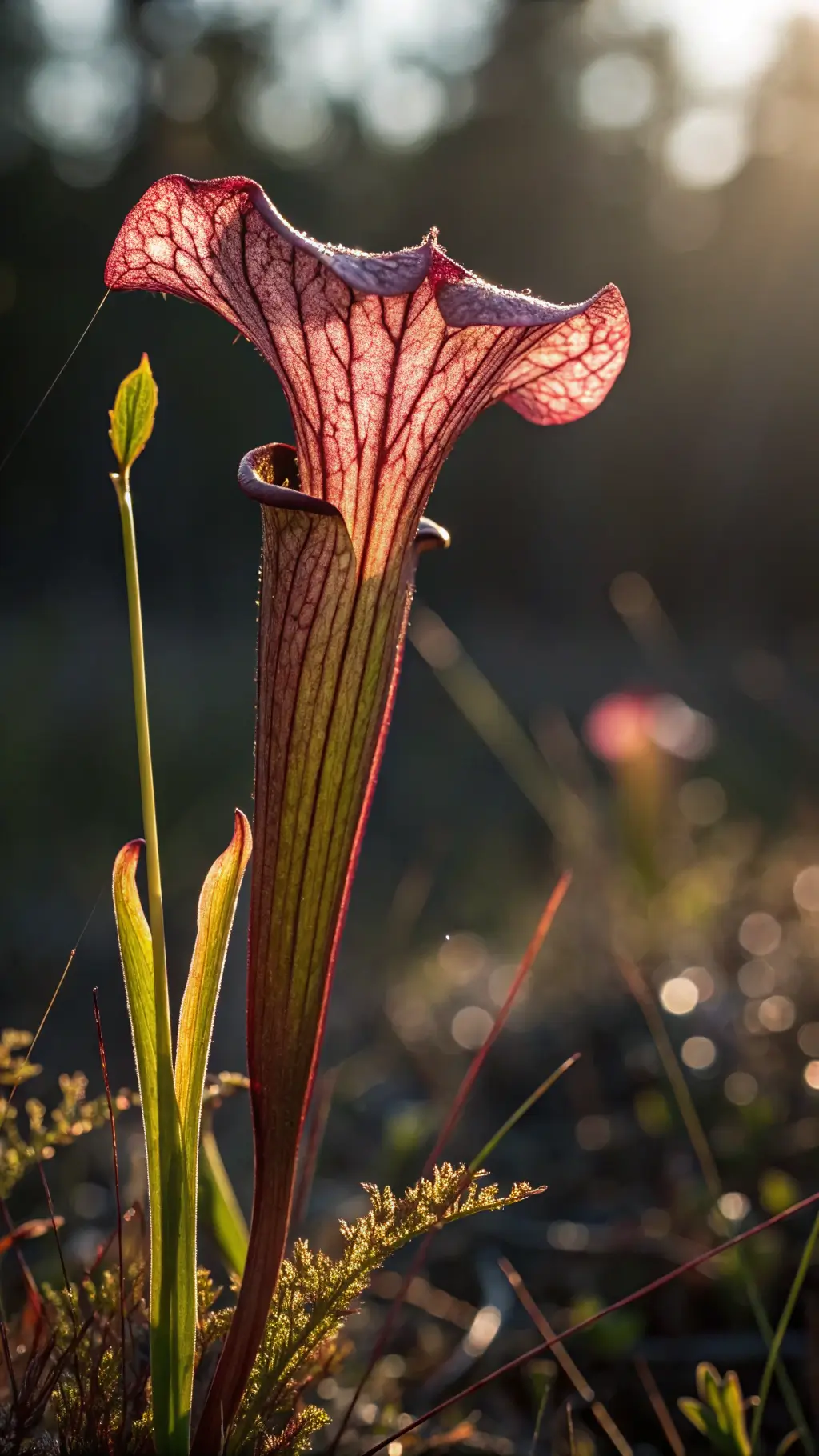
Protecting This Remarkable Species
- Several subspecies facing endangered status
- Threats include:
- Habitat destruction
- Unauthorized wild collection
Ethical purchasing recommendations:
- Buy only from reputable nurseries
- Choose cultivated specimens
- Avoid wild-collected plants
Fascinating Subspecies Breakdown
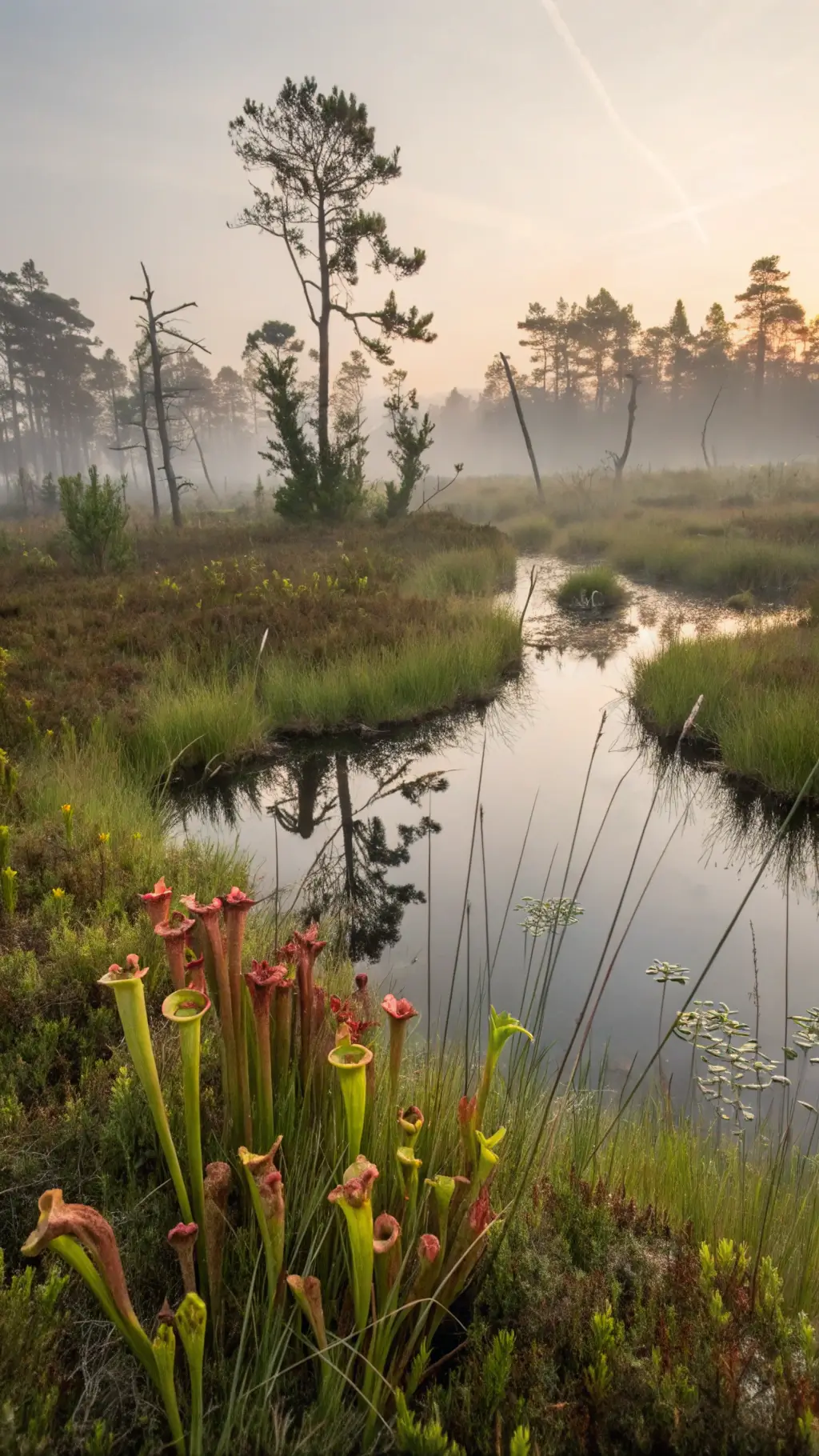
Known subspecies include:
- S. rubra subsp. rubra
- S. rubra subsp. gulfensis
- Other debated classifications
Final Thoughts: A Living, Breathing Predator
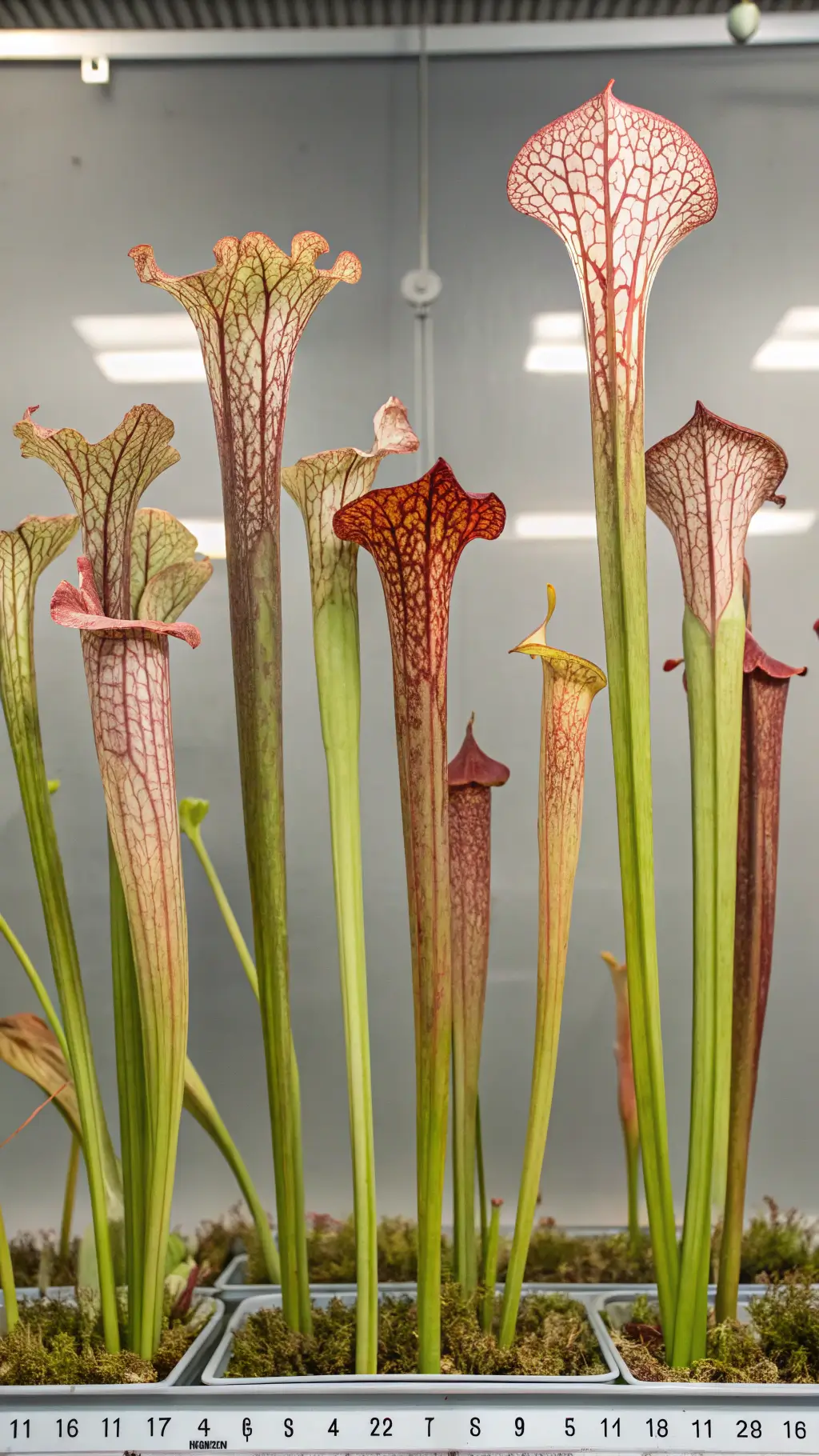
The Sarracenia rubra isn’t just a plant – it’s a living testament to nature’s incredible evolutionary strategies. By transforming nutrient-poor environments into hunting grounds, these plants prove that survival is an art form.
Pro Tip: Want to impress your friends? Next time you see this plant, share its incredible carnivorous secrets!
Quick Reference Guide
- Scientific Name: Sarracenia rubra
- Common Names: Sweet Pitcher Plant, Purple Pitcher Plant
- Native Region: Southeastern United States
- Difficulty Level: Advanced Plant Enthusiast
Recommended for: Botanical collectors, carnivorous plant lovers, and anyone fascinated by nature’s most extraordinary life forms!
